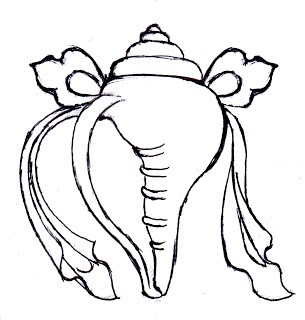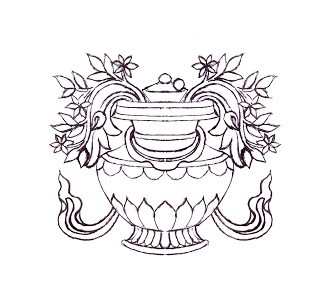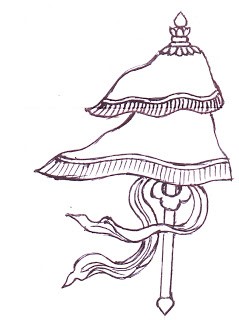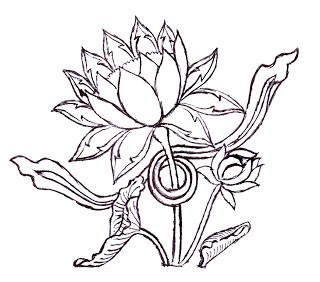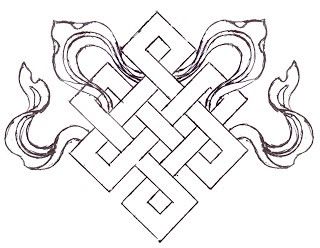Welcome!!
Dear all Friends!! Namaste!! You are "Welcome" to this simple and beautiful space. We have here are some facts, some stories/ tales, some images for you and having your presence here makes us feel proud, so Thank you!! Intention for creating this blog is to put forward these beautiful contents to the entire world where by any chance who would want to know new information on Buddhism, or who would like to read some stories, facts of Buddhism practiced in a Small Country (Geographical physical coverage) Nepal. How an ethnic group "Newa" live here in the main capital city Kathmandu? Which Religion do they practice? What magical things are there? The Newa culture or Newari Culture is now somewhat known to the world since millions of the people around the globe has already visited here. "Newa"- The people who celebrates almost entire year in festivals, and occasions for happy life, who knows sharing, giving and practicing Buddhism. But still there are so many
